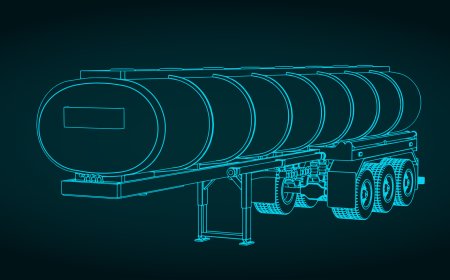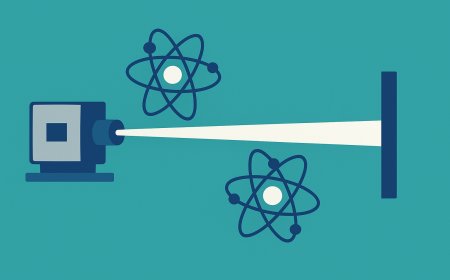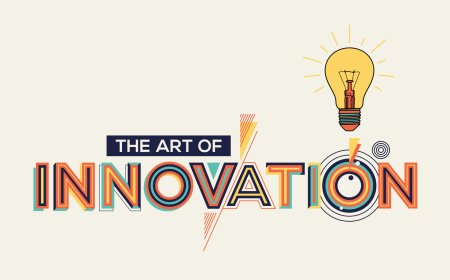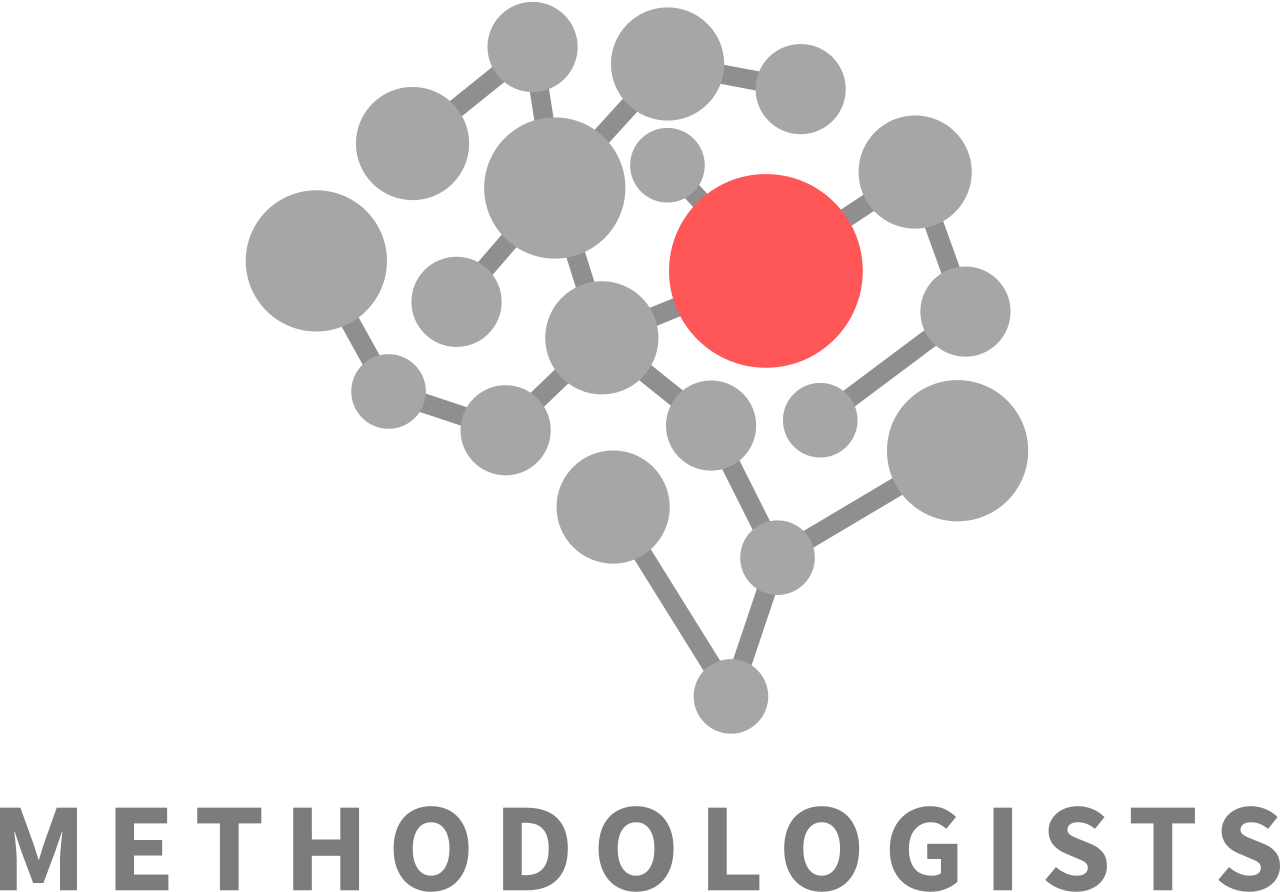The Scientific Method: A Flexible Approach to Uncovering Scientific Evidence
Discover the scientific method's inherent flexibility and how it drives innovation in research, allowing for interdisciplinary collaboration, new methodologies, and technological advancements to uncover scientific evidence.

Introduction
The scientific method is a structured approach to investigating the world around us, allowing researchers to uncover evidence, develop theories, and make predictions. Despite its structured nature, the scientific method is also incredibly flexible, allowing for continuous innovation and adaptation to new fields, methodologies, and technologies. This article breaks down the scientific method for laypeople, showcasing how it maintains its flexibility to drive the pursuit of scientific evidence.
The Scientific Method: A Step-by-Step Process
- Observation
The scientific method begins with observation – a critical examination of the natural world or a phenomenon that sparks curiosity. Researchers pay close attention to patterns or events and document their findings.
- Question
Based on their observations, researchers pose questions that seek to explain the observed patterns or phenomena. These questions serve as the starting point for further investigation.
- Hypothesis
A hypothesis is a proposed explanation for the observed phenomenon, based on the researcher's knowledge and understanding of the subject. It is a testable statement that can be either supported or refuted through experimentation.
- Experiment
Researchers design experiments to test their hypotheses, manipulating specific variables to measure their effects on the phenomena of interest. The results of the experiments will either support or refute the initial hypothesis.
- Analysis
After conducting experiments, researchers analyze the data to determine whether their hypothesis is supported or refuted. They may use statistical methods to identify patterns and trends in the data, helping to draw conclusions about the phenomenon under investigation.
- Conclusion and Communication
Once the analysis is complete, researchers draw conclusions about their hypothesis and communicate their findings to the scientific community. This process promotes the sharing of knowledge, allowing other researchers to build upon these findings and contribute to the ongoing pursuit of scientific understanding.
The Flexibility of the Scientific Method
The scientific method's structured approach allows for consistency and rigor in research. However, its inherent flexibility enables researchers to adapt and innovate across various fields of study. Here are some ways the scientific method showcases its adaptability:
- Interdisciplinary Approaches
The scientific method is not limited to a single discipline. Researchers from different fields can collaborate, using their unique perspectives and expertise to explore new questions and develop innovative methodologies.
- Technological Advancements
As technology advances, the scientific method evolves alongside it. Researchers can harness new technologies to explore previously unattainable questions, collect more accurate data, and analyze their findings with greater precision.
- Multiple Methodologies
The scientific method allows for the use of various methodologies in the pursuit of evidence. Researchers can employ qualitative, quantitative, or mixed-methods approaches to answer their questions, tailoring their investigations to the unique demands of their field.
- Continuous Improvement
The iterative nature of the scientific method promotes continuous improvement in research. As new evidence is uncovered, researchers can refine their hypotheses, develop new theories, and improve their experimental designs.
Conclusion
The scientific method is a powerful tool for uncovering scientific evidence, offering a structured yet flexible approach to investigation. By embracing innovation and adaptation, researchers across various disciplines can continue to push the boundaries of human knowledge, uncovering new evidence and contributing to the ongoing pursuit of scientific understanding.
Disclaimer: The image(s) featured in this article are for illustrative purposes only and may not directly depict the specific concepts, situations, or individuals discussed in the content. Their purpose is to enhance the reader's understanding and visual experience. Please do not interpret the images as literal representations of the topics addressed.
What's Your Reaction?













































































































